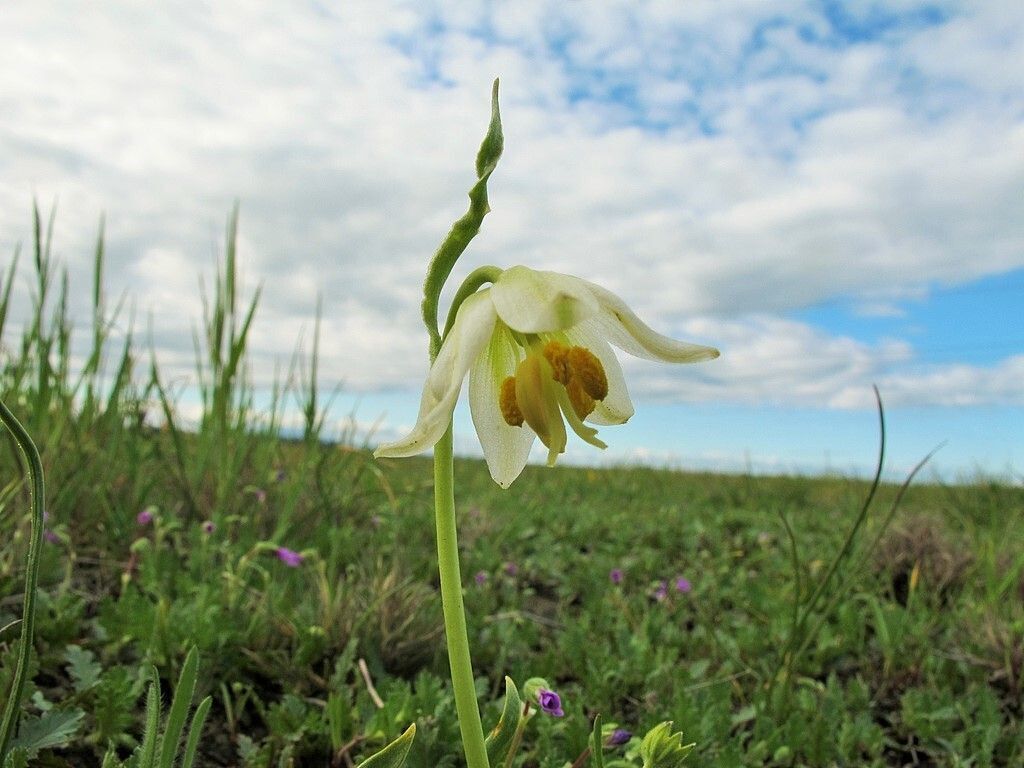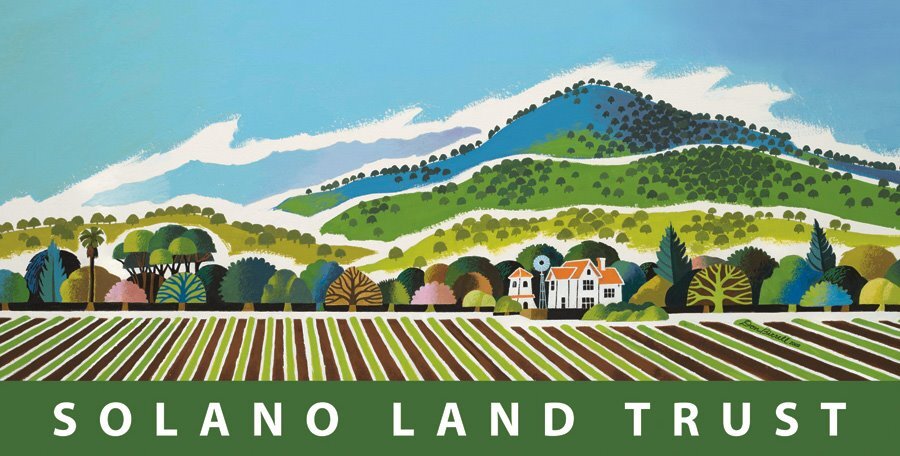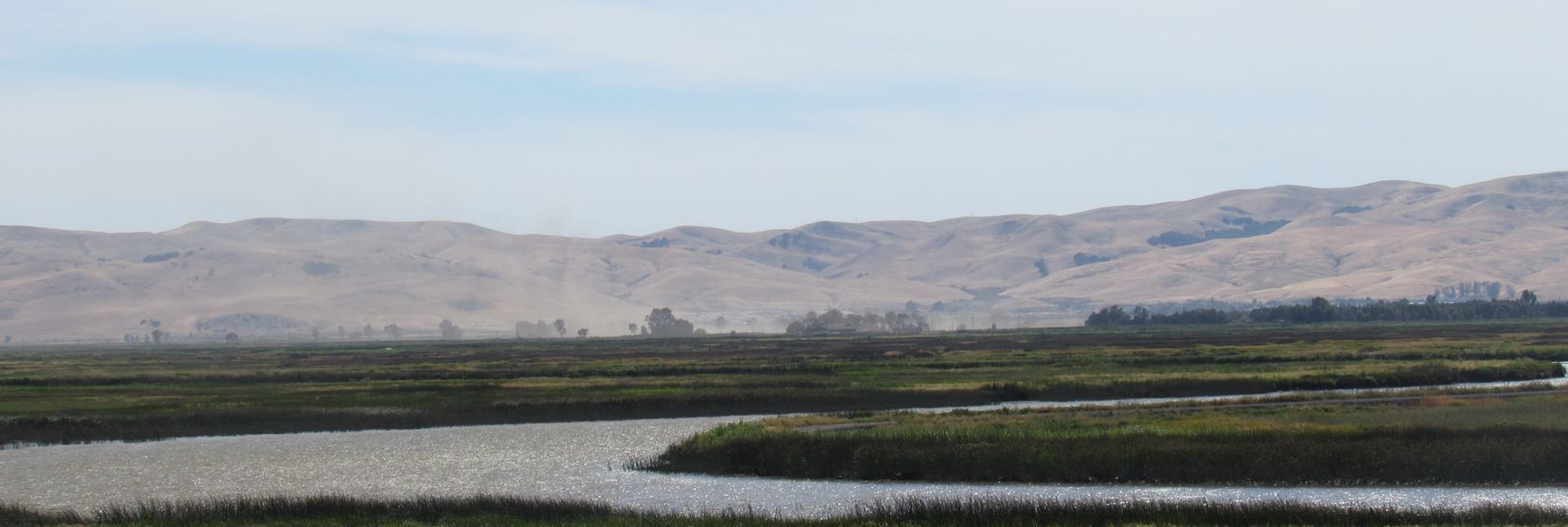
Visitors come from far and wide to visit Jepson Prairie Preserve in the Spring. A myriad reptiles, amphibians, and very notable crustaceans live in the vernal pools. Blooming wildflowers like butter and eggs, johnny jumps, and meadowfoam grow in larger clusters. If you don’t know what you’re looking for in the upland portion of the preserve, you might miss a rare and endangered lily.
Our docents email in hushed tones when discussing the fragrant fritillary (Fritillaria Liliaceae), one of Jepson Prairie’s most distinct flowers. Like the yellow carpet and johnny jump ups which pepper the prairie, the fragrant fritillary blooms early in the Spring. They are also delicate and easy to miss even though they are larger than most other flowers at Jepson. Their delicate white bells nod on stems which are a few inches tall. “The area where they bloom has a history of getting tromped on,” says Jepson Prairie docent Charlie Russell. According to Russell, a few years ago, a utility company drove their truck right over the place where the fritillaries bloom. The tracks are still visible, a reminder of just how sensitive the Jepson ecosystem is.
These flowers are heralds of blooms to come. They don’t bloom in the vernal pool and low-lying areas of the preserve though. “The fragrant fritillary are actually an upland species,” says Jasmine Westbrook-Barsukov, a project manager with the Solano Land Trust, “So they will most likely be spotted in the Mima mounds area of the park.”
Rightfully, much attention is given to Jepson Prairie’s vernal pools. They are the home to endangered and threatened species -- but the Mima mounds, among the grasslands area of the preserve, are an enigmatic landscape feature which has invited speculation for generations. Many believe these small bumps in the uplands were formed over thousands of years by gophers. Less supported theories include that the mounds are the results of glacial till or alluvial action. According to Westbrook-Barsukov, there is a folktale about two warring native tribes, one who lived in present-day Nevada and the other who lived in the Sierra foothills. The Mima mounds are said to have been basket loads of construction material abandoned when a wall, the Sierra Nevada, was completed between the two tribes.
That the fragrant fritillaries bloom in this part of the preserve only adds to their mystique. According to Russell, Jepson is the easternmost range of this endangered lily.
You might be wondering about the name. What does this fragrant lily actually smell like? This lily is only relatively fragrant; some other fritillaries emit an unpleasant odor. It’s only called “fragrant” because it doesn’t smell, not because it has a particularly intoxicating scent.
Another curious fold in the naming of the lily is that, according to Russell, they are referred to as Prairie Bells in the official Jepson Prairie nature guide. They are often confused for the more common Stinkbells. Regardless, we can agree: the fragrant fritillary does not smell bad.
What do they look like? The flowers are lovely little bells which are creamy white to light green which stand on stems a few inches tall. Quite a few of them at Jepson have lovely little freckles. A pollinator, or a visitor who tips the bell up (not advised!), might notice them. In a good rain year, you might see more than one bell from an original stem.
By the time you read this article, the fritillaries will likely have already flowered and moved onto seed production. Warmer Spring weather is a delight, but it also means bidding farewell to the fragrant fritillary flowers for the season.
It’s better this way, given their endangered status. There’s still plenty to see at Jepson Prairie. On docent-led critter walks, which will run until May 11th of 2025 on Saturdays and Sundays at 10am, visitors will have the chance to see endangered tiger salamanders and plenty of other rare and native wildflowers and grasses in a spectacular open space which is a remaining example of what the entire Central Valley looked like prior to European colonization.
If you plan to visit the reserve on your own during normal operating hours, a tip from Charlie is to wait until at least 10am for the yellow carpet to wake up and open up. You can visit solanolandtrust.org/Jepson-prairie for an e-brochure, map of the property, and more information to have handy.

